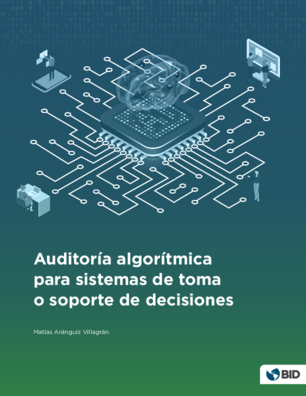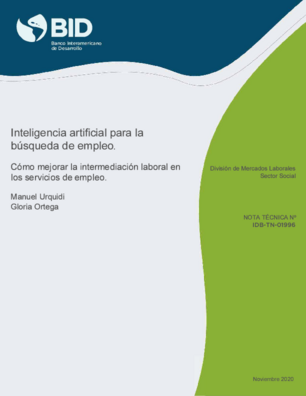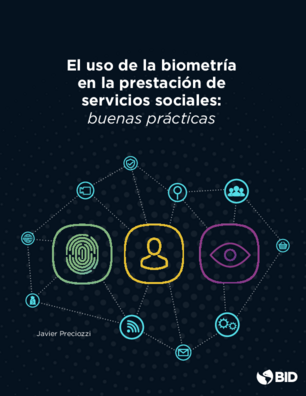Back to Observatory
Large-scale, high-resolution mapping of vulnerable communities through satellite imagery and population censuses using deep learning
Description of the service
One of the challenges in the fight against poverty is the accurate location and assessment of the expansion of vulnerable communities. Characterization of vulnerability is traditionally achieved through nationwide census exercises, an elaborate process that requires field visits by trained personnel. Unfortunately, most national-level censuses are sporadic, making it difficult to monitor the short-term impact of policies to reduce poverty. This app defines vulnerability following UN-Habitat criteria. We evaluated different CNN machine learning architectures and established a mapping between satellite images and survey data. With the information of 2,178,508 residential blocks registered in the 2010 Mexican census and Landsat-7 multispectral imagery, we explored multiple deep learning architectures. The best performance is obtained with EfficientNet-B3 achieving an area under the ROC and Precision-Recall curves of 0.9421 and 0.9457, respectively. Our work allows the use of publicly available information, in the form of census data and satellite imagery, together with standard CNN architectures. Our purpose is to employ this tool to characterize vulnerability across the country at the residential block level.
The project was developed jointly by IPN and INEGI. The result can be reviewed at https://afigueroa.users.earthengine.app/view/vulnerable-settlements. The code is publicly available at https://git.inegi.org.mx/laboratorio-de-ciencia-de-datos/vulnerability. The article describing our methodology is published at https://www.mdpi.com/2072-4292/13/18/3603
Problem that it solves
Rapid, cost-effective, reliable detection of vulnerability throughout Mexico using satellite imagery and AI techniques.
Type of AI app used
Recognition
Main results to June 30, 2021
Publication in a JCR journal, an app on the GEE platform, participation in the Geo for Good Summit, and the VIDA-MIT international research groupThree main bottlenecks faced during implementation
- Qualified talent
- Data quality
- Data access
Lessons learned in the design or use of AI for social impact
- User accompaniment is vital.
- Teamwork is enriching.
- A determined group of people can be successful.
Country of origin
Geographic scope of operations
The entire country
Type of executing entity
UniversitySector/industry
Sustainable Development Goal(s) to which your AI solution contributes
1 (no poverty)
IA app developed internally or by a third party
Internally
Name of implementing entity
IPN-INEGI
Stakeholders involved
IPN, INEGI
Percentage of the development team that are women
33%
Year they started using AI-based models
2019It may interest you
Automated decision support systems (ADS) are machine-based systems that can make predictions, recommendations, or decisions influencing real or virtual environments for a given set of human-defined objectives.
How to Enhance Labor Intermediation in Public Employment Services
En los últimos años, el uso de sistemas biométricos se ha expandido de manera significativa en los escenarios más variados en todo el mundo.



